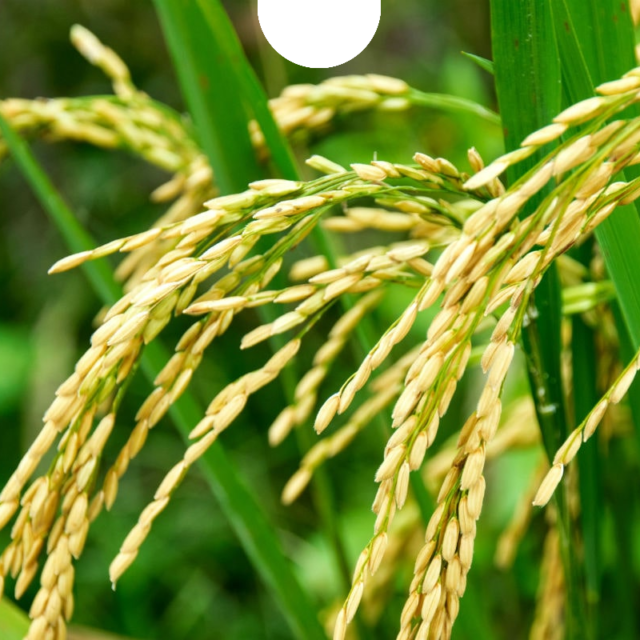All India Rice Exporters’ Association (AIREA) is the apex rade body of rice exporters of India. It has been constantly serving the rice trade since its inception in 1989.
- Counselling And Advising
- Informing Trade
- Market Intelligence
- Circulating Trade Leads
- Projecting Trade Related Policy
- Organizing Training Programs
- Participating in International and Domestic Trade
AIREA's Role And Activities Include:
a. Counselling and advising trade about the emerging trade scenario in the global market.
b. Informing trade about the evolving sanitary and phyto sanitary requirements in the external market.
c. Disseminating market intelligence from time to time.
d. Circulating trade leads to its members for developing business.
e. Liaison with Provincial and Federal Government about various trade issues.
f. Projecting trade related policy requirements for inclusion policy instruments including the Foreign Trade Policy.
g. Organizing capacity building programs
h. Organizing training programs for farmers and other stakeholders.
i. Participation in International and Domestic Trade events / exhibitions / seminars etc.

About Rice
Rice is staple food for half of the world’s population and 90% of global rice production is in India and other Asian countries. India is the second largest producer of rice after China. Its current production is in the vicinity of 144.62 million MTs annually. India has attained this stature post green revolution of 70’s and over the years through infusion of latest technologies and improvised agronomic practices, yields have also improved. Today India is net exporter of rice after meeting its domestic consumption demand and buffer stock norms. While non basmati rice is cultivated across states in the country, Basmati rice as a Geographical Indication (GI) product is grown only under the foothills of Himalayas encompassing the states of Punjab, Haryana, Uttarakhand, Himachal Pradesh, Delhi , Western Uttar Pradesh and three districts of J&K falling in the Jammu Division.
India also produces Basmati rice - the Scented Pearl - in a geographically designated region falling under the foothills of Himalayas and encompassing the provinces of Punjab, Haryana, Uttarakhand, Himachal Pradesh, Delhi, Western Uttar Pradesh and three districts of Jammu Division in Jammu & Kashmir State.
Basmati rice is known for its sleek and slender grain with silky texture, tapering ends, unique aroma and typical cooking characteristics.
Non Basmati rice is grown all across the country and there are a large number of variesties including small grain, medium grain, long grain, scented etc.
Rice Production in India: India produces around 137.83 million metric tonnes of rice of which around 8 million tonnes in Basmati Rice.

Rice is staple food for half of the world’s population and 90% of global rice production is in India and other Asian countries. India is the second largest producer of rice after China. Its current production is in the vicinity of 115 million MTs annually. India has attained this stature post green revolution of 70’s and over the years through infusion of latest technologies and improvised agronomic practices, yields have also improved. Today India is net exporter of rice after meeting its domestic consumption demand and buffer stock norms. While non basmati rice is cultivated across states in the country, Basmati rice as a Geographical Indication (GI) product is grown only under the foothills of Himalayas encompassing the states of Punjab, Haryana, Uttarakhand, Himachal Pradesh, Delhi , Western Uttar Pradesh and three districts of J&K falling in the Jammu Division.
India also produces Basmati rice - the Scented Pearl - in a geographically designated region falling under the foothills of Himalayas and encompassing the provinces of Punjab, Haryana, Uttarakhand, Himachal Pradesh, Delhi, Western Uttar Pradesh and three districts of Jammu Division in Jammu & Kashmir State.
Basmati rice is known for its sleek and slender grain with silky texture, tapering ends, unique aroma and typical cooking characteristics.

